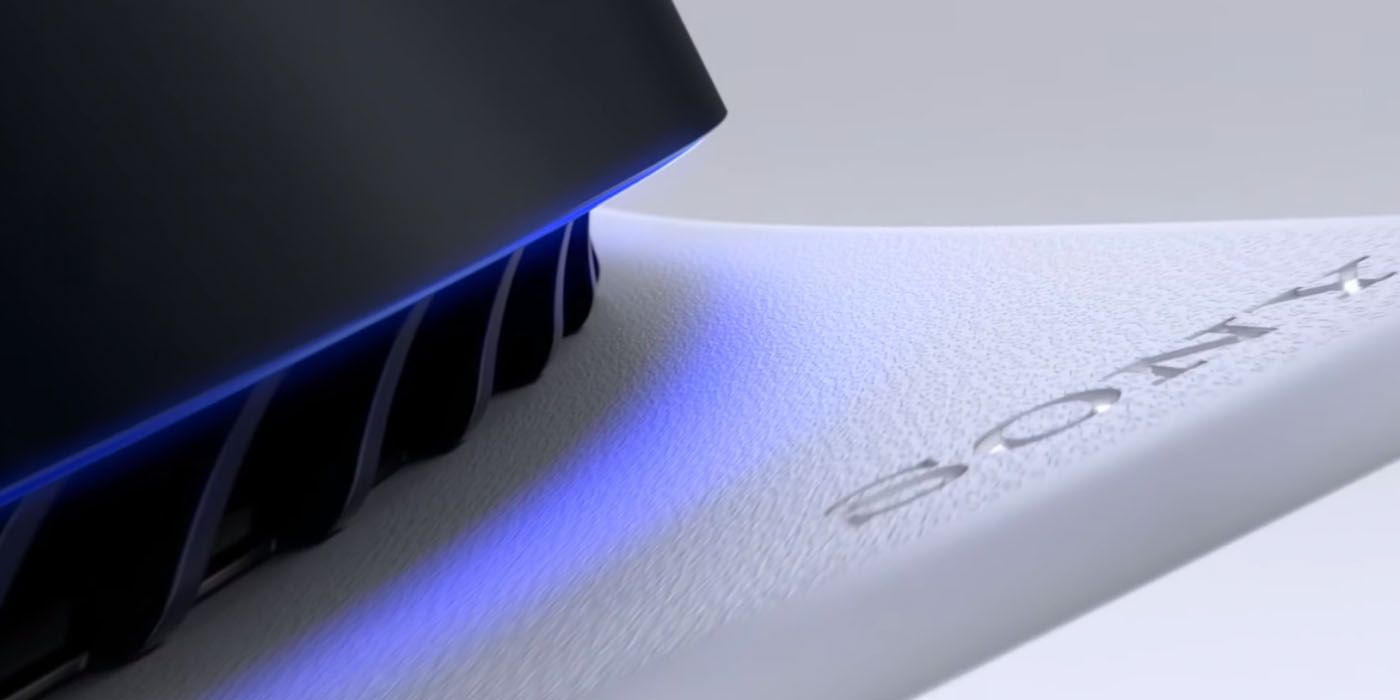A recently translated interview has revealed that Sony will update the PlayStation 5‘s cooling fans after launch, based on game-specific player data. This news is yet another example of PlayStation being responsive to the criticisms that the PS4 got for its cooling system and loud fan, and it’s nothing short of impressive.
Particularly in the older, pre-revision PlayStation 4 consoles, the internal fans became notorious for how loud and hot they could run when playing more resource-intensive games, occasionally even resulting in the system overheating. PlayStation has made it clear it was and is aware of the issue and spent quite a bit of time and money to ensure the upcoming PlayStation 5 would not have the same cooling issues.
Over the weekend, 4Gamer spoke with Sony’s VP of Mechanical Design Yasuhiro Ootori (best-known as the star of the PlayStation 5’s teardown video) in an interview that has been translated by ResetEra user orzkare. Ootori was asked about several different technical aspects of the PS5, namely the console’s giant fan and proprietary liquid metal cooling system. He revealed that the “PS5 has three temperature sensors on the main board to control the fan speed based on the internal temperature of the APU [Accelerated Processing Unit] and the highest temperature of the three temperature sensors.” Explaining the value of that data, Ootori says, “Various games will be released in the future, and data on the APU’s behavior in each game will be collected. We have a plan to optimize the fan control based on this data.”

The interview also showed just how deeply rooted the issue of the PlayStation 5’s cooling system was in its design. Ootori spoke at length about the difficulties faced in designing the PS5 in such a way that it could safely keep itself cool,
“We have wanted to use liquid metal for a long time. However, since liquid metal is conductive, if it leaks to the board side, it will cause a short circuit. Above all, liquid metal is highly corrosive to aluminum, which is used for components such as heat sinks. When handling such materials, measures are required for manufacturing facilities. We spent more than two years preparing for these problems… The main reason is cost. In thermal design, you have to put the cost close to the heat source. As a general thermal design metaphor, let’s say you spend 10 yen for a TIM [Thermal Interface Material] and 1,000 yen for a heat sink in the cooling structure of a certain system. If you change to a 100 yen TIM, you can get the same cooling effect with a 500 yen heat sink. In other words, you can reduce the total cost.”
Juggling performance, safety, and cost has proved to be a difficult task for the team at PlayStation, but it seems that they have done their best to find a perfect balance. And this is not to mention the news that performance data will be collected, and used to adjust the PS5’s fans as necessary. As Push Square puts it, the console manufacturer can theoretically “turn the fans down depending on how the majority of titles perform – or even increase them if the system starts running hot under certain conditions.“
PlayStation is going to be betting on its expansive library of first-party titles to help carry the PS5 this generation, so naturally they would do everything they can to make sure that those titles perform smoothly. Adjusting the performance of the system’s fans over the course of its lifespan is sure to cut down on the same overheating issues the PS4 faced, although it is possible that the PS5’s fans may still get as loud as the PS4’s, that has yet to be seen. The PlayStation 5 releases on November 12 in North America, Japan, Australia, New Zealand and South Korea., and a week later for the rest of the world.




